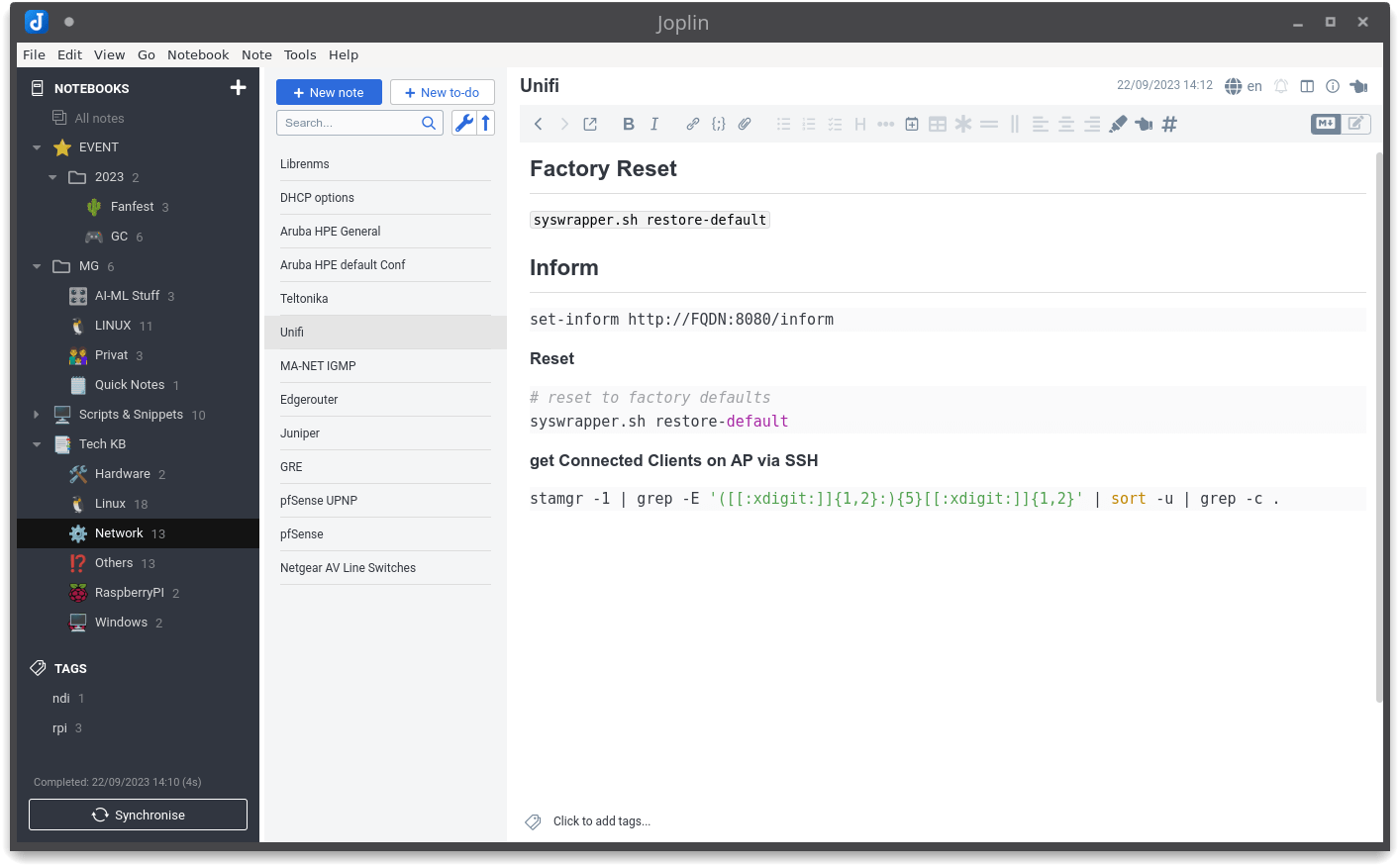CSP Insights
Your go-to source for the latest in news and information.
Note-Taking Software: Your Digital Notebook on Steroids
Transform your note-taking game! Discover top software that supercharges productivity and organizes your thoughts effortlessly.
Top 5 Features That Make Note-Taking Software a Game Changer
In today's fast-paced digital landscape, note-taking software has revolutionized the way we capture and manage information. One of the standout features is the ability to organize notes using tags and folders, which provides a structured approach to information retrieval. With this system, users can easily categorize their notes, making it simpler to find specific content quickly. Additionally, many note-taking applications offer search functionality that allows users to locate keywords within their notes, saving time and enhancing productivity.
Another game-changing feature of note-taking software is the capability for collaboration. Whether you're working on a team project or sharing lecture notes with classmates, real-time collaboration tools enhance teamwork by allowing multiple users to edit and comment simultaneously. This seamless interaction fosters a more engaging learning environment and promotes collective brainstorming. Furthermore, the integration of multimedia elements, such as images, audio, and videos, enriches the note-taking experience, making it easier to understand complex topics and retain information effectively.

How to Organize Your Thoughts with Advanced Note-Taking Techniques
Organizing your thoughts can be a daunting task, especially when faced with complex ideas or a plethora of information. Advanced note-taking techniques provide a systematic approach to harnessing your brain's potential and improving your productivity. One effective method is the Cornell Note-Taking System, which divides the page into three sections: cues, notes, and summary. This format enables you to jot down main ideas in the notes section, formulate questions or cues in the left-hand column, and craft a concise summary at the bottom, reinforcing your understanding and retention of the material.
Another powerful technique is mind mapping, which visually organizes information and illustrates connections between concepts. Start by writing your main idea in the center of the page and branch out with related thoughts and subtopics. This not only enhances creativity but also allows you to see the bigger picture as you explore various pathways of your thoughts. Additionally, consider using digital tools like Evernote or Notion for a more structured approach. These platforms offer features such as tagging, searching, and collaborative functionalities, making it easier to revisit and reorganize your notes as your ideas evolve.
Are You Still Using Pen and Paper? Discover Why Digital Notebooks Are the Future
In a world increasingly driven by technology, digital notebooks have emerged as a revolution in how we take and organize our notes. Traditional pen and paper methods often lead to cluttered desks and lost pages, making it easy to overlook important information. With digital notebooks, users can not only write notes but also enhance them with multimedia elements like images and videos, creating a richer learning experience. In addition, features such as search functionality, tagging, and cloud storage allow for easy retrieval and organization, setting digital solutions apart from their analog counterparts.
Moreover, the sustainability factor cannot be ignored. By transitioning to digital notebooks, individuals can significantly reduce paper waste, contributing to a healthier planet. The ability to sync notes across devices ensures that your information is accessible anywhere, anytime, eliminating the need to carry books or binders. As we move further into the digital age, it's clear that reliance on traditional pen and paper is becoming obsolete, and digital notebooks represent the future of effective note-taking and organization.